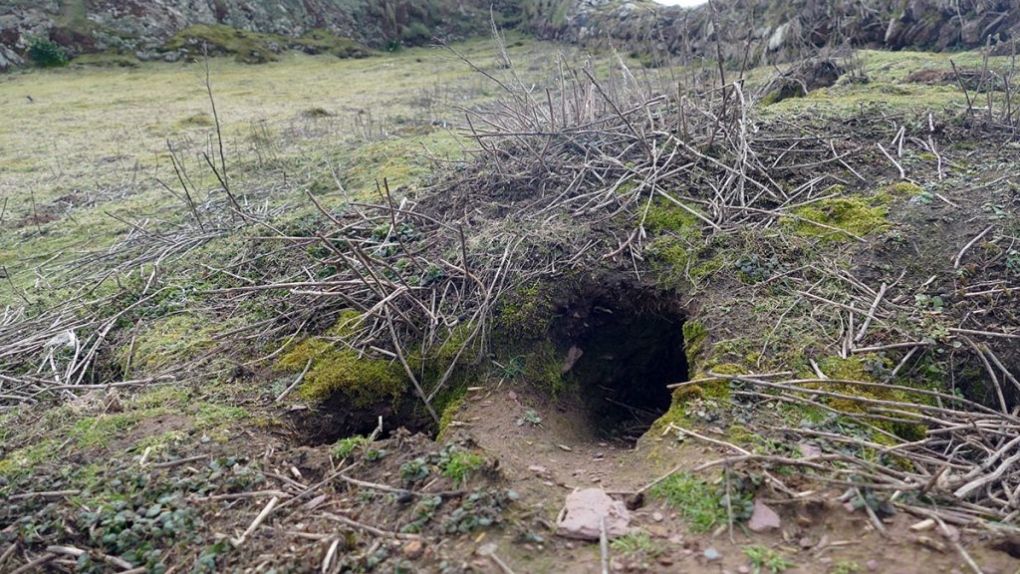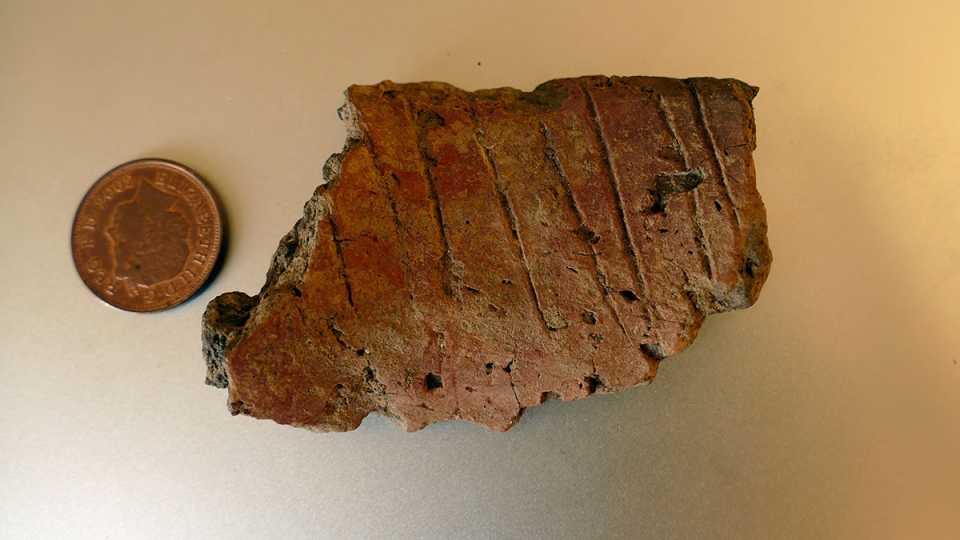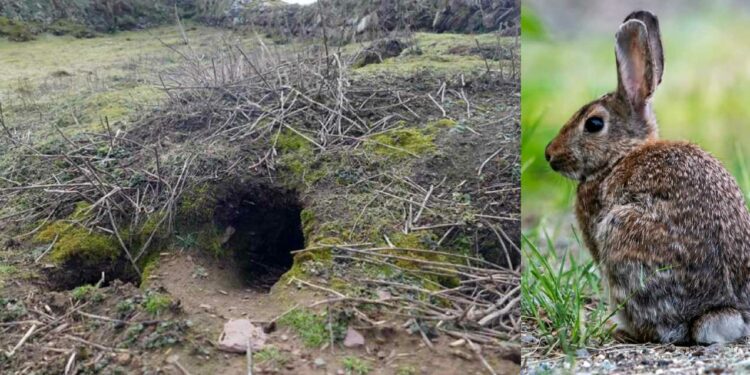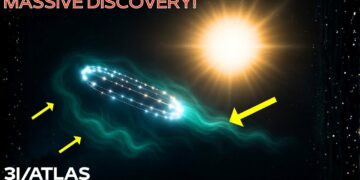Burrowing rabbits are to blame for finding archaic items on an isolated island by archaeologists in Wales.
On Skokholm Island, wildlife preserves two miles off the Pembrokeshire coast; Wardens discovered a polished stone tool near their cabin beside a rabbit hole.
According to scientists, the ‘beveled pebble,’ which was used to skin seals, comes from the Late Mesolithic period, roughly 9,000 years ago, and is the first indication of Stone Age residents on the island.

According to archaeologists, the site was thought to be an Early Bronze burial mound erected atop a Middle Stone Age hunter-gatherer site that had been ‘disturbed by rabbits,’ according to archaeologists.
Since 2014, when the Wildlife Trust of South and West Wales engaged them as wardens, Giselle Eagle and Richard Brown have lived alone on Skokholm.
Puffins, ducks, Manx shearwaters, and storm petrels are among the tens of thousands of seabirds that nest on the island. It was founded in the 1930s as the UK’s first bird observatory.
Nearby Skomer Island is more known for archaeology, including Iron Age stone walls and roundhouse ruins and Neolithic and Early Bronze Age megaliths.

They sent photographs to specialists, who determined it was a Late Mesolithic tool dating between 6,000 and 9,000 years old.
According to Andrew David, an expert on stone tools who has conducted excavations on Mesolithic sites in Pembrokeshire, the device, known as a ‘beveled pebble,’ would have been used hunter-gatherers to create seal skin-clad boats or to process shellfish and other edibles.
Funerary urns dating from 2000 to 1750 BC are widespread in west Wales, although none have ever been discovered on Skokholm Island or any western Pembrokeshire islands.

‘We have the first proven Mesolithic implements and first Bronze Age pottery from Skokholm thanks to the wardens’ keen eyes,’ he stated.
The site was thought to be an Early Bronze burial mound erected atop a Middle Stone Age hunter-gatherer site that had been ‘disturbed by rabbits,’ according to Driver.
‘Where the island’s cabin now stands, it’s a sheltering area that has been populated for millennia.’ Driver and his team intend to visit Skokholm to unearth other old treasures when the plague permits.























